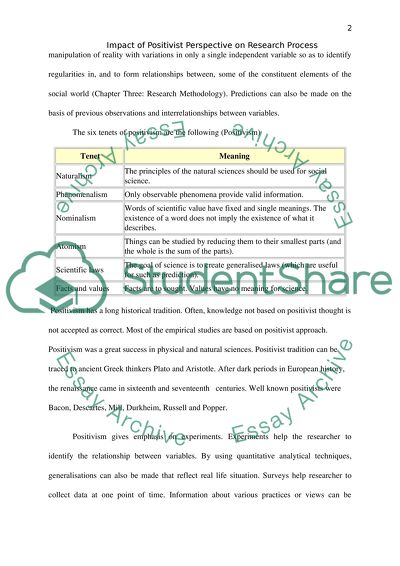Cite this document
(“Choosing one perspective, either interpretivist or positivist, explain Essay”, n.d.)
Retrieved from https://studentshare.org/environmental-studies/1412628-choosing-one-perspective-either-interpretivist-or
Retrieved from https://studentshare.org/environmental-studies/1412628-choosing-one-perspective-either-interpretivist-or
(Choosing One Perspective, Either Interpretivist or Positivist, Explain Essay)
https://studentshare.org/environmental-studies/1412628-choosing-one-perspective-either-interpretivist-or.
https://studentshare.org/environmental-studies/1412628-choosing-one-perspective-either-interpretivist-or.
“Choosing One Perspective, Either Interpretivist or Positivist, Explain Essay”, n.d. https://studentshare.org/environmental-studies/1412628-choosing-one-perspective-either-interpretivist-or.


